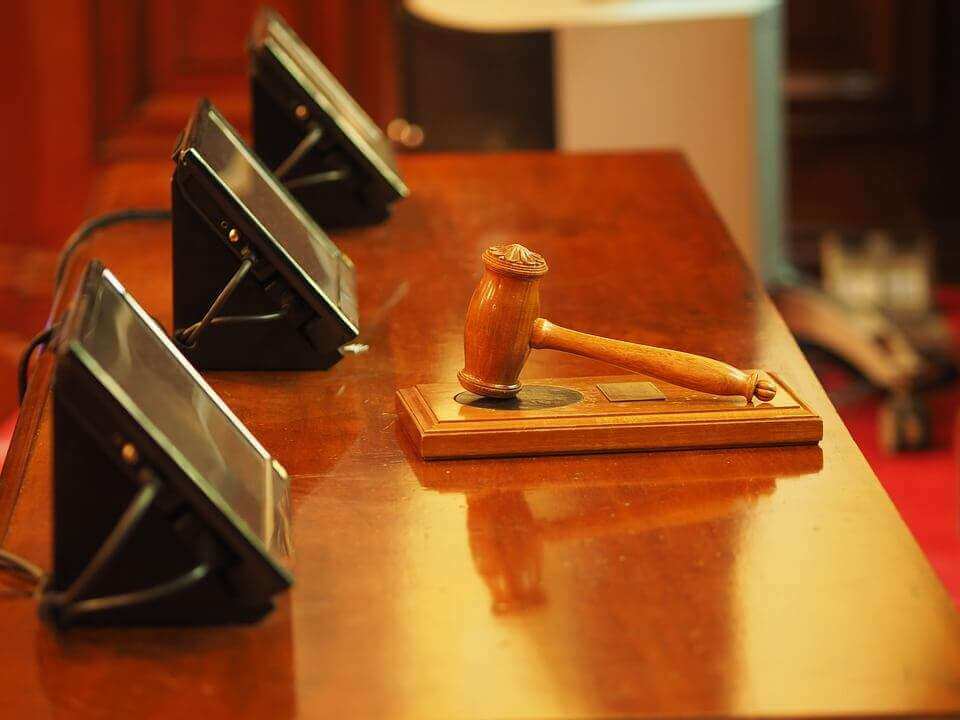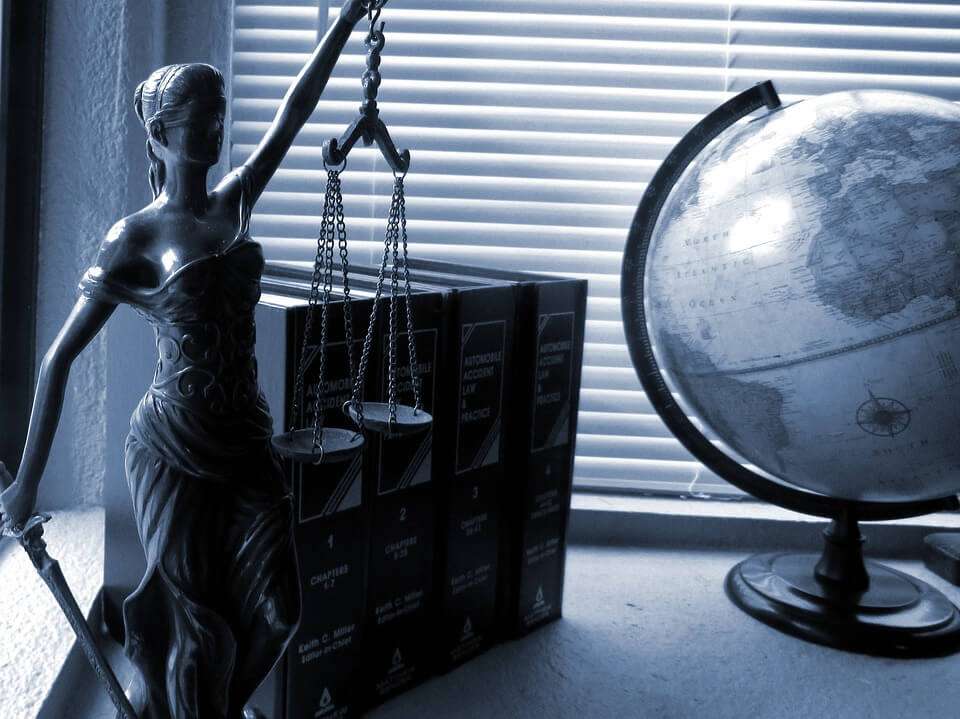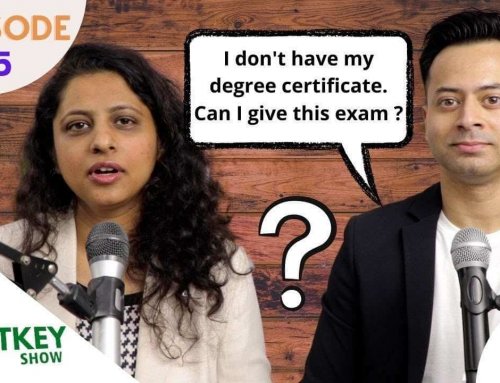Though copyright law provides the creator with several critical and powerful rights over their work, thos erights are not unlimited. The law has always recognized the need to balance the rights of the copyright holder with the good of public and provision in the law have aimed to do exactly.

Some Exceptions are mentioned below:
1.Expiration: One of the most important limitation to copyright is that it is not perpetual and expires after a set amount of time. When copyright expires the work falls into public domain. In the public domain the work is considered to be a part of our cultural heritage and is not subject to any copyright limitations. This means that anyone can exploit work for both commercial and non-commercial gain.
2.Orphan work: Though the orphan work limitation is currently just a bill significant limitation it places upon copyright and likelihood of it passing make it a worthwhile topic. Many times when someone wishes to use a copyrighted work the person or entity, that holds the right either cannot be located or discovered. Even though the work is assumed to be protected by copyright, there is no way of someone wishing to reuse it to obtain permission to do so, thus leaving the work in form of limbo. The orphan work can be used for both commercial and non-commercial use as well as to create derivative work. Should the copyright holder of a work surface after the work has been used,he or she can stop the usage almost immediately but is only entitled to a resonable license fee in the event that the use was commercial. while not designed to place any new limitation of owner’s copyright it does mean that you can lose several key elements of copyright protection if you cannot be determined to be copyright holder of the work or can not be located.
3. Fair Use: This is the best example of limitation of owner’s copyright. There is no set of rules that defines what is and is not fair use. Rather fair use is defined by a framework that is applied on case by case basis. Despite that, when one takes a look at element that makes up fair use case, either for or against it is usually easy to tell where such a use would fall .
a) The nature and character of the use. Fair use strongly favors education, commentary, criticism and news-related uses of a work and disfavor purely commercial uses.
b)The nature of the copyrighted work. Copyrighted works that are fictional and unpublished, generally, get a higher level of protection than works that are factual in nature and widely available.
c) The amount and substantiality of the portion used. With fair use, less is more. Generally, the law favors uses that involve a portion of a work that is very small in relation to the whole. Exceptions are often made for works that can not easily be broken down, for example photographs and Haiku.
d)The effect of the use upon the potential market for or value of the copyrighted work. Finally, fair use looks at the impact the use had on the market or value for the work and favors instances where the use had either a positive impact or a minimal negative one.
4. Parody: Parody is a subset of fair use limitation that protects the use of a copyrighted work, in order to poke fun in it. Generally fair use favors parody using a work to make fun of something else. However both parody and satire cases, using the work make fun of something else. It is important to note that all claims of fair use under parody law are still subject to the ordinary fair use test.
5. Cant be copyrighted: There are many things that cant be copyrighted such as titles, facts, ideas, phrases, and other item which are too small or short to have any unique value. It is important to notice that copyright do not protect the idea but just the expression of the idea. It can only protect that which is fixed in the tangible form. Copyright cannot protect work that are to small or short to be unique. Titles, phrases, and sentences are generally cannot be copyrighted themselves but instead, only as part of larger work.Even then you cannot infringe upon a copyright by copying such a short portion as it could easily have been unique creation.





